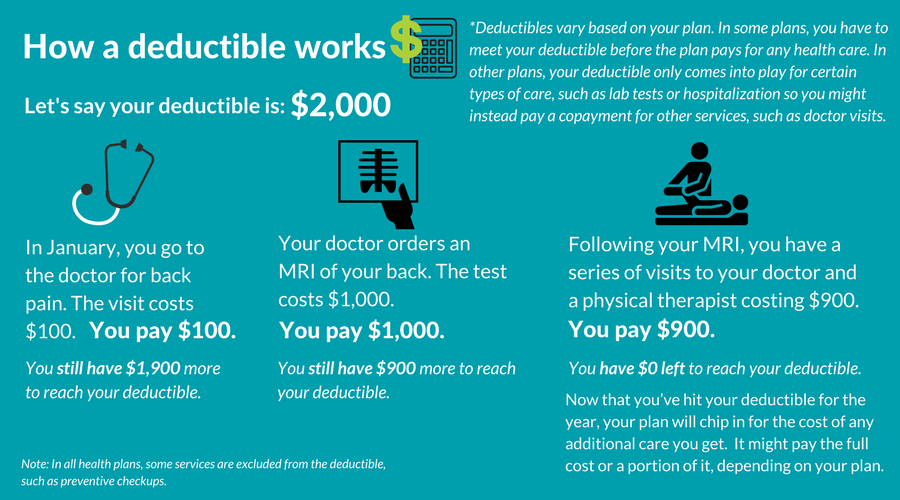Insurance coverage can be complicated, particularly for tenants who don't know that they need to secure their personal effects. What is occupants insurance coverage and why do you need it? Select ... Select . (What is comprehensive insurance).. OVERVIEW WHAT'S COVERED METHODS TO SAVE FAQ.
The average renters insurance coverage cost in the U.S. is $168 per year, or about $14 each month, according to Nerd, Wallet's most current rate analysis. This price quote is based upon a policy for a theoretical 30-year-old occupant with $30,000 in personal effects coverage, $100,000 in liability protection and a $500 deductible. While the nationwide average is a beneficial standard, renters insurance rates can differ significantly based upon where you live and just how much protection you need. The area of your house is a significant aspect in the expense of your occupants insurance. Examine how much you can expect to pay for renters insurance in your state listed below. If you reside in the L.A. Basin or the Bay Location, you may wind up handling a personal insurance company for your regular renters insurance needs, and the CEA for extra earthquake protection. Prior to you verify your policy, diligently catalog your house's contents. You need to provide your insurance company with a rough accounting of these contents anyway, however a more comprehensive evaluation is crucial for your own records. Photo every product of worth that you own when your policy enters into effect; to the degree possible, save the purchase invoices for each product too. Do this for every huge purchase that you make after your policy enters into impact too.
It sounds like overkill, however it's a relatively little financial investment that can drastically increase the probability that your claim will be accepted if you experience a loss. Whereas property owners with active home loans are typically required to insure their homes, renters with active leases deal with no such required. Not remarkably, lots of renters choose to forgo renters insurance coverage entirely - What is gap insurance. Rather of securing separate or bundled occupants insurance coverage, they select to develop an emergency fund sufficient to cover the cost of changing their apartment's contents. Is this strategy right for you? It depends. First, it's important to remember that you can insulate yourself from particular kinds of threat namely, liability for miseries that befall your guests, maintenance employees, and your building's other tenants without guaranteeing all of your personal effects.
Although it might be tough for you to make the monetary case for bring material insurance coverage rather of keeping an ample and well-managed emergency fund, it's harder to argue against the advantages of basic liability protection on your apartment. For beginners, vulnerable liability costs can rapidly spiral out of control if an injured visitor needs to remain at the hospital overnight, you're quickly taking a look at a five-figure medical expense. No matter how close your relationship with the hurt visitor, you shouldn't depend on good enhances to protect you from legal action. When it concerns liability, friendly guests are the least of your worries.
How To Become An Insurance Adjuster Fundamentals Explained
You'll also be mcdowell and sons responsible to neighbors who suffer home damage or injury as an outcome of a hazard that comes from within your home. Even if you carry liability coverage for 15 or twenty years prior to sustaining a claim, you'll probably pay far less than you would to settle a legal conflict over just one over https://louisredw126.shutterfly.com/118 night hospital stay for which you're found accountable particularly after accounting for legal charges. According to Insurance coverage. com, the nationwide average cost of an occupants insurance policy covering liability and individual property with a protection limitation of $100,000 and a $1,000 deductible has to do with $27 per month, or $326 annually.
In more "hazardous" areas where negative weather condition occasions are typical and criminal activity is higher, premiums can go beyond the average by 20% to 30%. When the alternative is a total loss of furniture, clothing, and electronics with a cumulative worth of thousands or tens of thousands of dollars, paying $326 per year or $3,260 over ten years before inflation seems like a no-brainer. However, this heading figure is a bit deceptive due to elements such as your policy's deductible and protection limitations. As you weigh the expenses and advantages of buying content coverage, it's helpful to break your choices into these broad but distinct classifications:.
Premiums on these policies are far greater than the nationwide averages priced estimate above, but the tradeoff for this cost is peace of mind. definition of timeshare If you feel like you need a top-tier policy, you most likely have some expensive or rare possessions, and you may need to examine riders or supplemental insurance to guarantee that they're sufficiently covered. These policies come with low to moderate deductibles in between $300 and $500 and high protection limits (more than $50,000) - What is commercial insurance. They're especially helpful for households or middle-class couples who prepare to lease for the long term; normal policyholders have lots of things to safeguard, but may not be able or ready to spend for top-tier coverage.
With bigger deductibles in between $500 and $1,000 and lower protection limits (in between $20,000 and $50,000), these policies are popular with more youthful, upwardly mobile renters who earn good incomes but haven't yet collected lots of high-value ownerships or started households. They work for securing electronics, clothing, and other crucial but not exceptionally important items. Given the size of the deductible and the capacity for the expense of an overall loss to go beyond the policy's protection limit, your middle-of-the-road policy must be paired with an emergency situation fund. Similar to " disastrous" health insurance coverage policies, these instruments feature high deductibles of $1,000 or more and relatively low coverage limits (less than $20,000).
